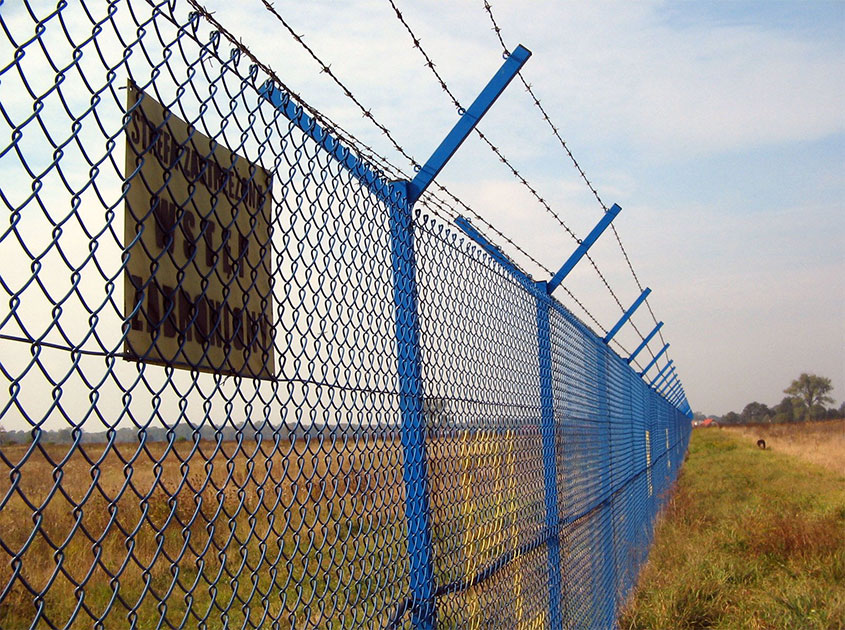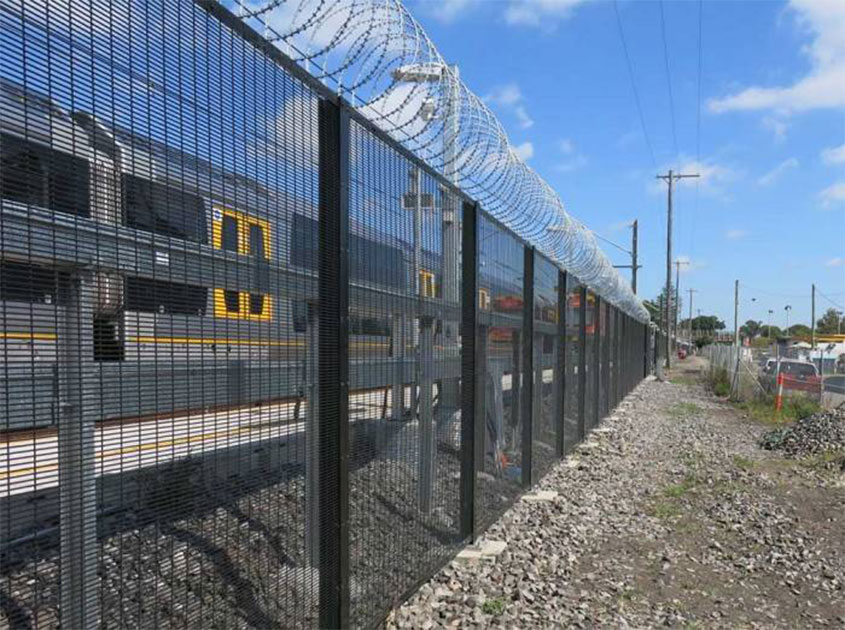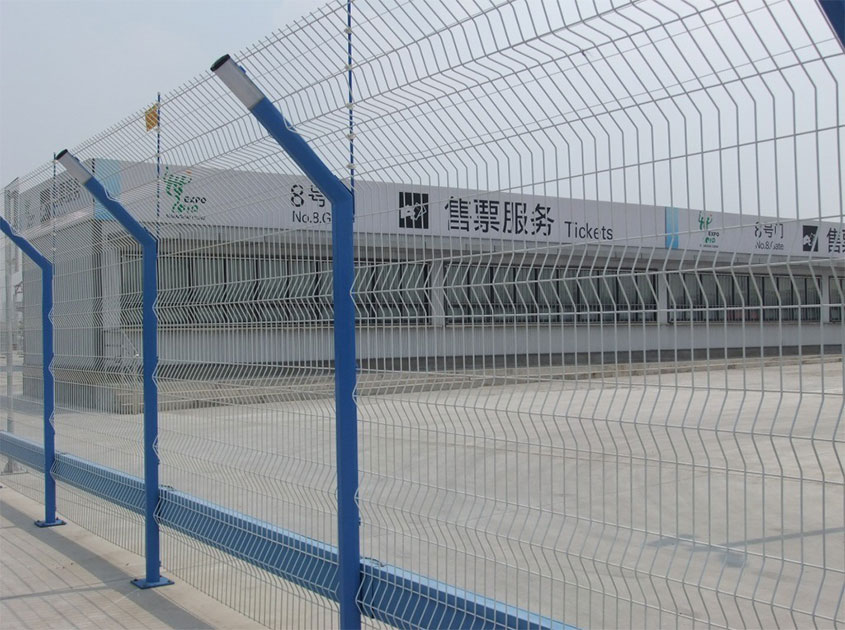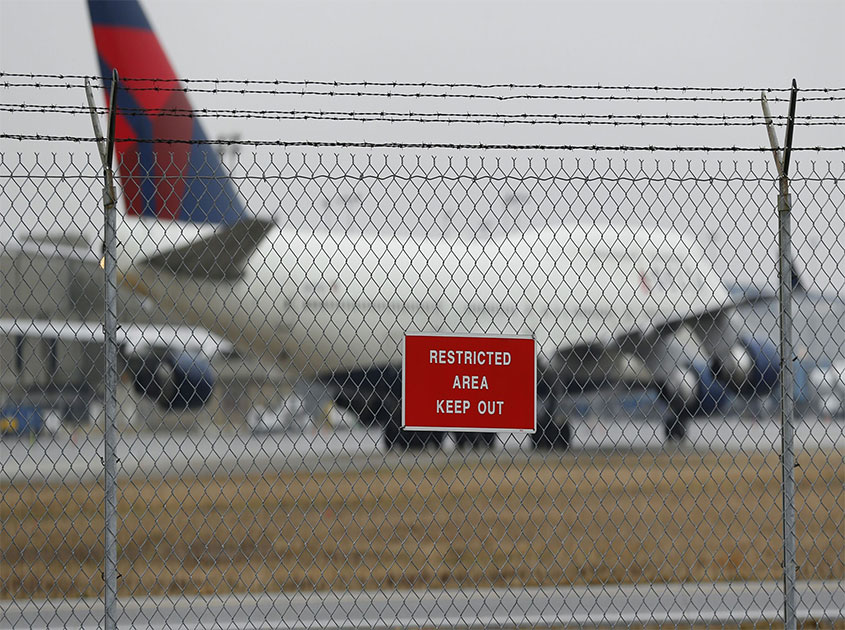Airport security is an ever-evolving field, and the future of airport fencing is at the forefront of this evolution. In this article, we will delve deeper into the innovations and technologies that are set to revolutionize airport fencing, providing enhanced security and safety for airports worldwide. Let's explore in more detail the advancements in materials, features, and functionalities that will future-proof airport fencing.

"Next-Generation Materials: Pushing the Boundaries of Strength and Durability"
In the realm of airport fencing, next-generation materials are pushing the boundaries of strength and durability. Composite panels, for example, offer a combination of materials such as fiberglass and carbon fiber, resulting in lightweight yet robust fencing structures. These panels are resistant to corrosion, impact, and extreme weather conditions, making them ideal for securing airport perimeters. Advanced polymers, on the other hand, provide exceptional strength and flexibility, enabling the fencing to withstand physical stress and adapt to changing environmental conditions. Carbon fiber composites offer excellent strength-to-weight ratios, making them suitable for high-security areas that require a lightweight yet strong fencing solution.

"Biometric Access Control: Enhancing Security through Cutting-Edge Identification Systems"
Biometric access control systems are becoming increasingly sophisticated, seamlessly integrating with airport fencing to enhance security measures. Fingerprint, iris, and facial recognition technologies are used to accurately identify inpiduals and grant access to authorized personnel. These systems offer a higher level of security compared to traditional access cards or passwords, as biometric features are unique to each inpidual and difficult to replicate. By integrating biometric access control into airport fencing, airports can ensure that only authorized personnel gain entry, minimizing the risk of unauthorized access.

"Drone Detection and Countermeasures: Staying Ahead of Emerging Threats"
With the rapid advancement of drone technology, airports are faced with new security challenges. To address this, drone detection and countermeasure systems are being developed for integration into airport fencing. Radar-based systems can detect and track drones in real-time, while thermal imaging technology can differentiate between drones and other objects. AI-powered algorithms analyze drone flight patterns to predict potential threats and trigger appropriate countermeasures. These countermeasures can include disabling the drone, redirecting it away from the airport, or activating anti-drone systems. By incorporating drone detection and countermeasure capabilities into airport fencing, airports can stay ahead of emerging threats and maintain the safety and security of their airspace.

"Smart Sensors and Monitoring: Real-Time Insights for Enhanced Perimeter Security"
Smart sensors and monitoring systems embedded within airport fencing provide real-time insights for enhanced perimeter security. These sensors can detect various types of intrusions, such as vibrations, sound, or changes in temperature, and send immediate alerts to security personnel. Environmental monitoring sensors can detect fire, smoke, or hazardous materials, ensuring early detection and rapid response to potential threats. By integrating these smart sensors with centralized security management systems, airports can efficiently monitor the perimeter, respond quickly to incidents, and make data-driven decisions to optimize security operations.

"The Integration of Artificial Intelligence: Revolutionizing Airport Fencing Operations"
Artificial intelligence (AI) is playing a transformative role in revolutionizing airport fencing operations. AI algorithms can analyze vast amounts of data collected from sensors, cameras, and other security devices to detect patterns and anomalies. This analysis enables early threat detection, allowing security personnel to take proactive measures. AI-powered automation can optimize security operations by automating routine tasks, reducing human error, and freeing up resources for more critical tasks. By leveraging AI in airport fencing operations, airports can enhance their security posture, improve operational efficiency, and better protect their assets and personnel.
Conclusion:
The future of airport fencing holds immense promise in terms of enhancing security, efficiency, and safety. Through the utilization of next-generation materials, biometric access control, drone detection and countermeasures, smart sensors, and AI integration, airports can future-proof their fencing systems. These advancements enable airports to address emerging threats, mitigate risks, and create a secure environment for passengers, staff, and assets. By embracing innovation and staying ahead of evolving security challenges, airports can ensure the highest level of security while maintaining seamless operations.
Next:Exploring the Applications of 3D Welded Wire fence in Residential Settings